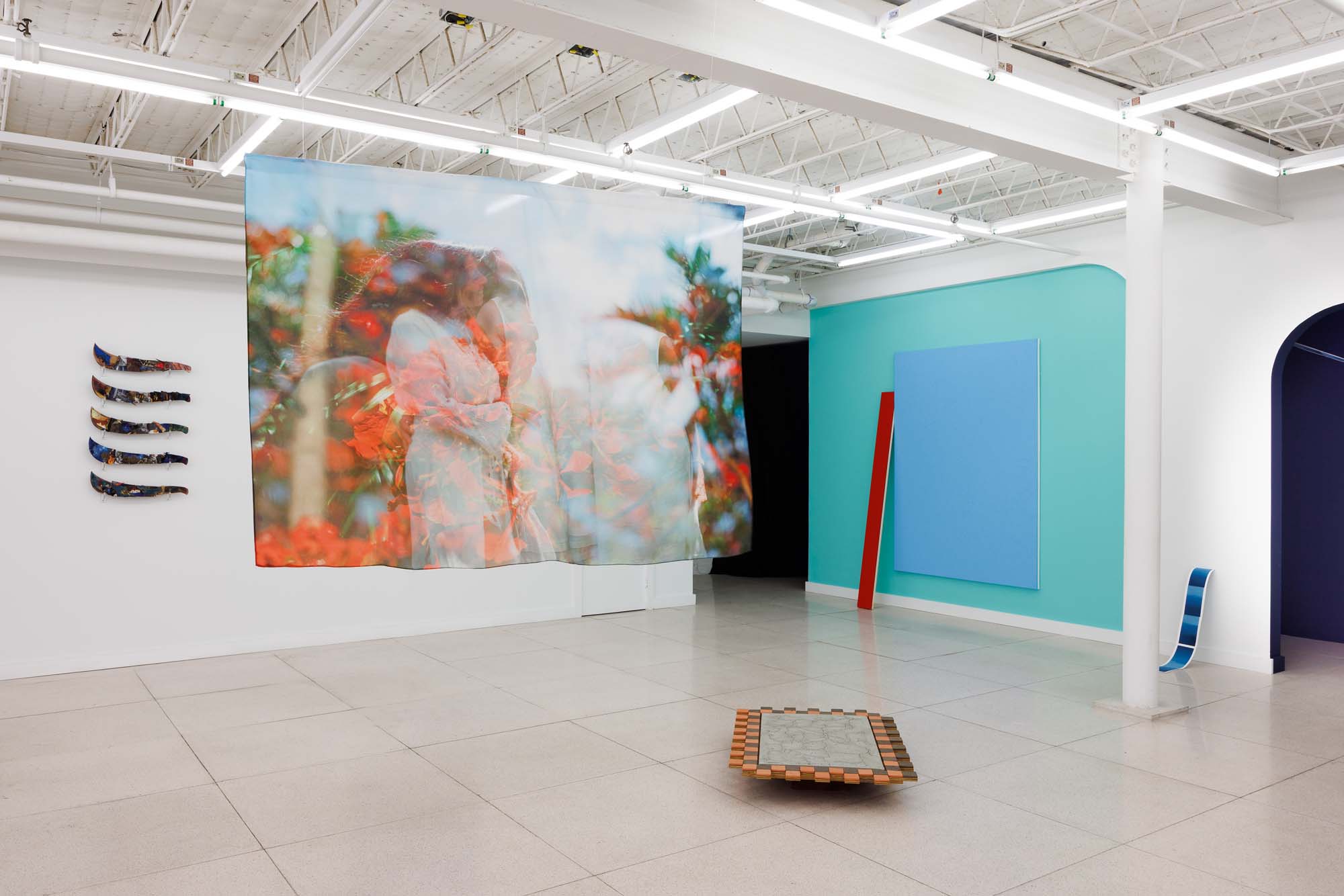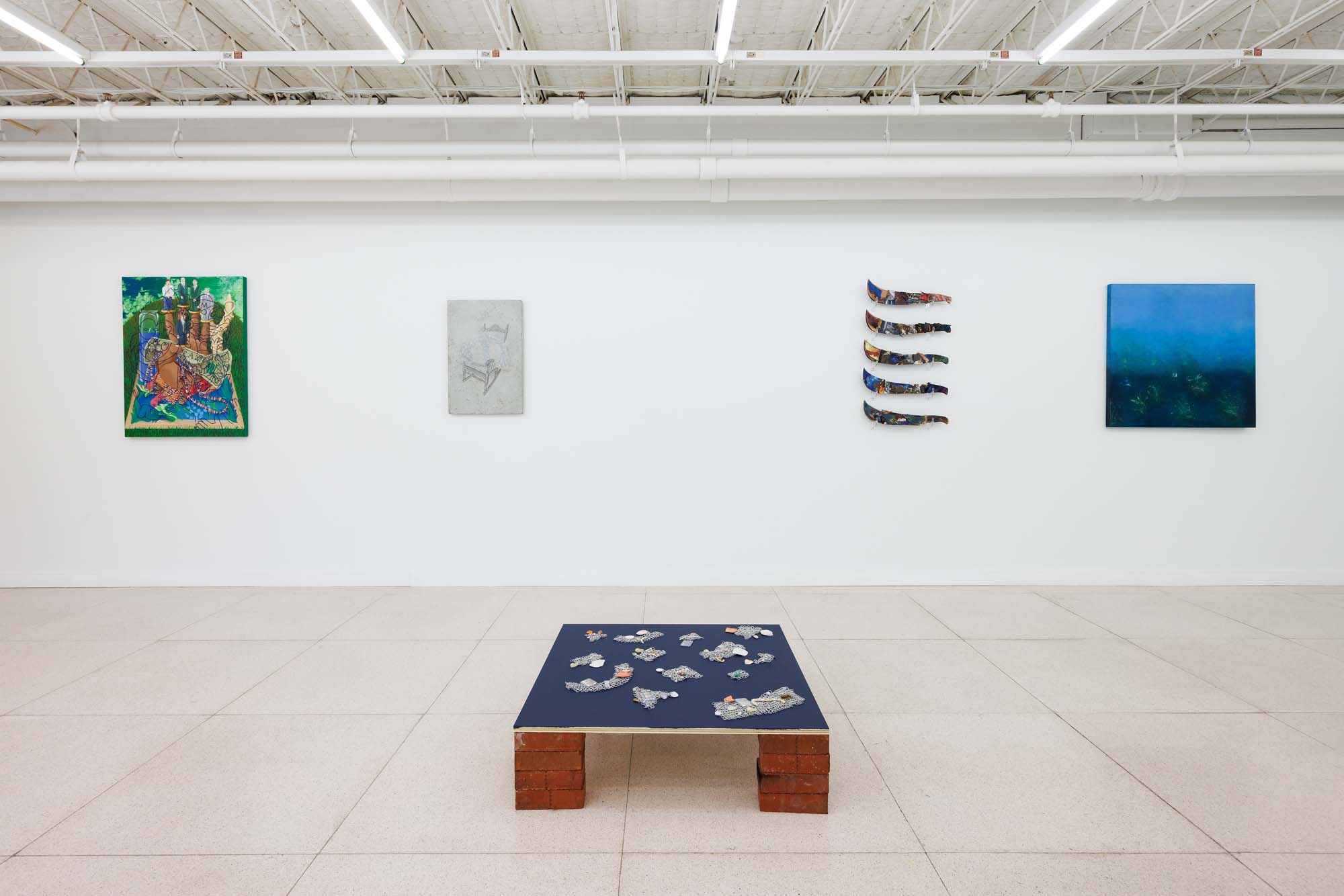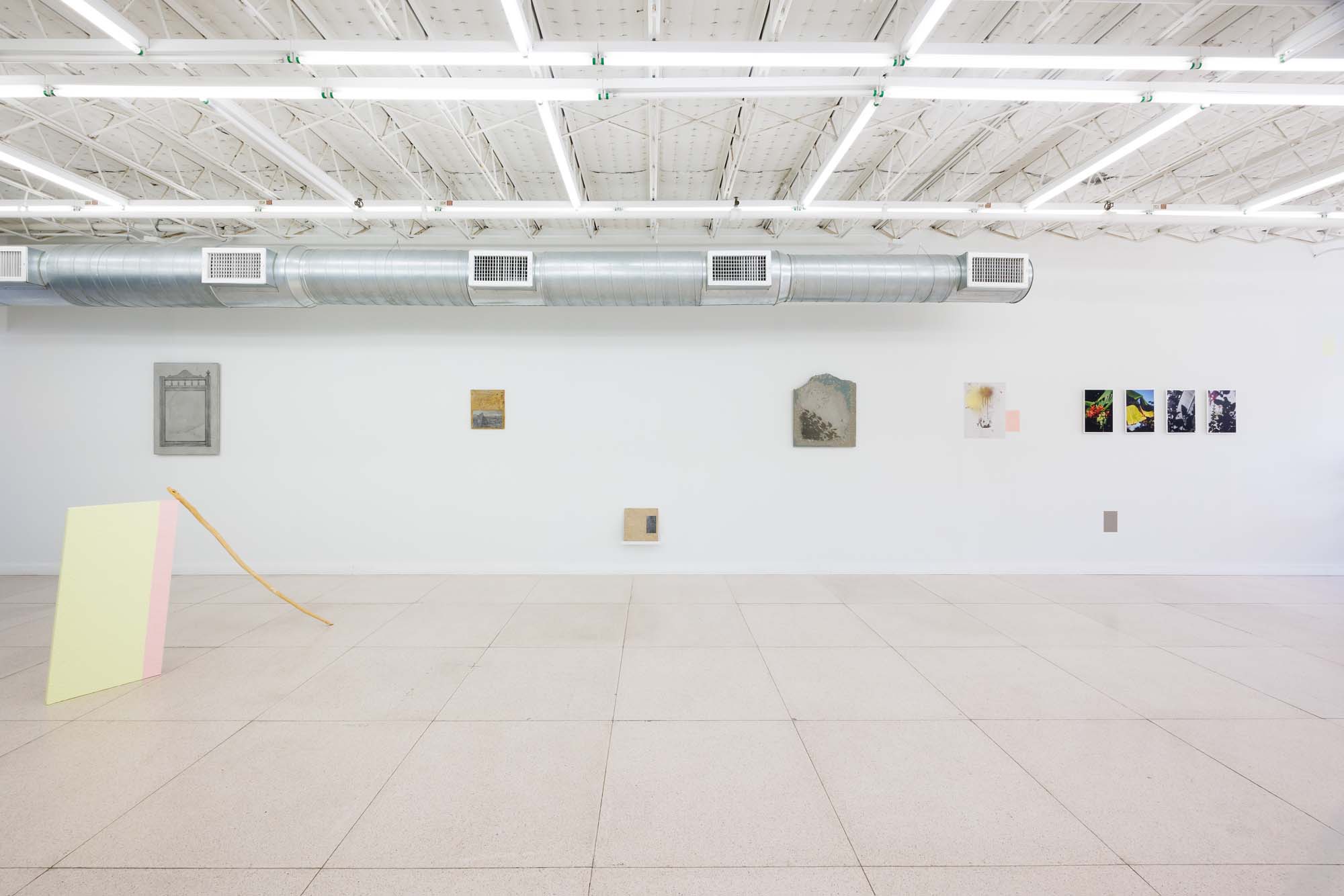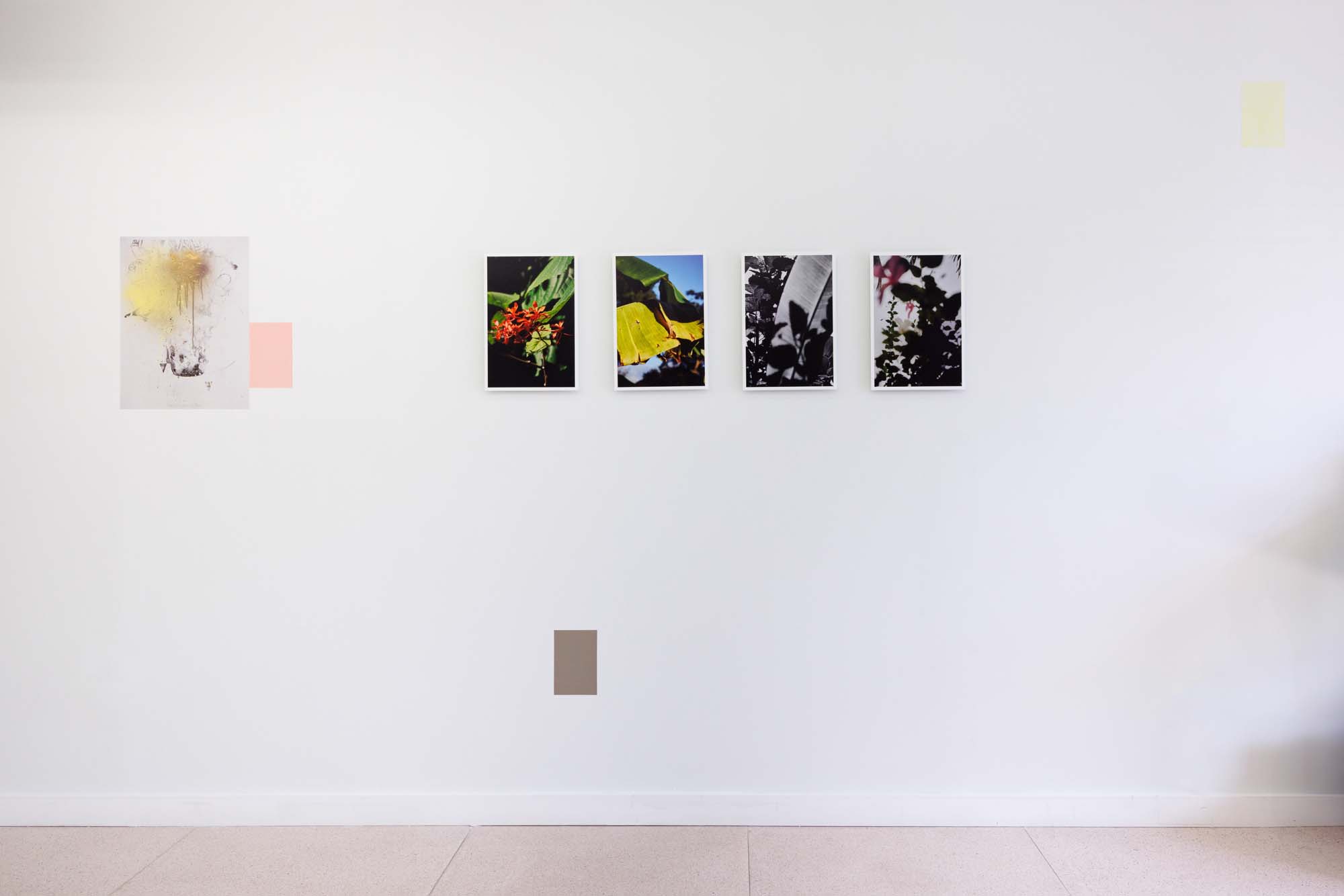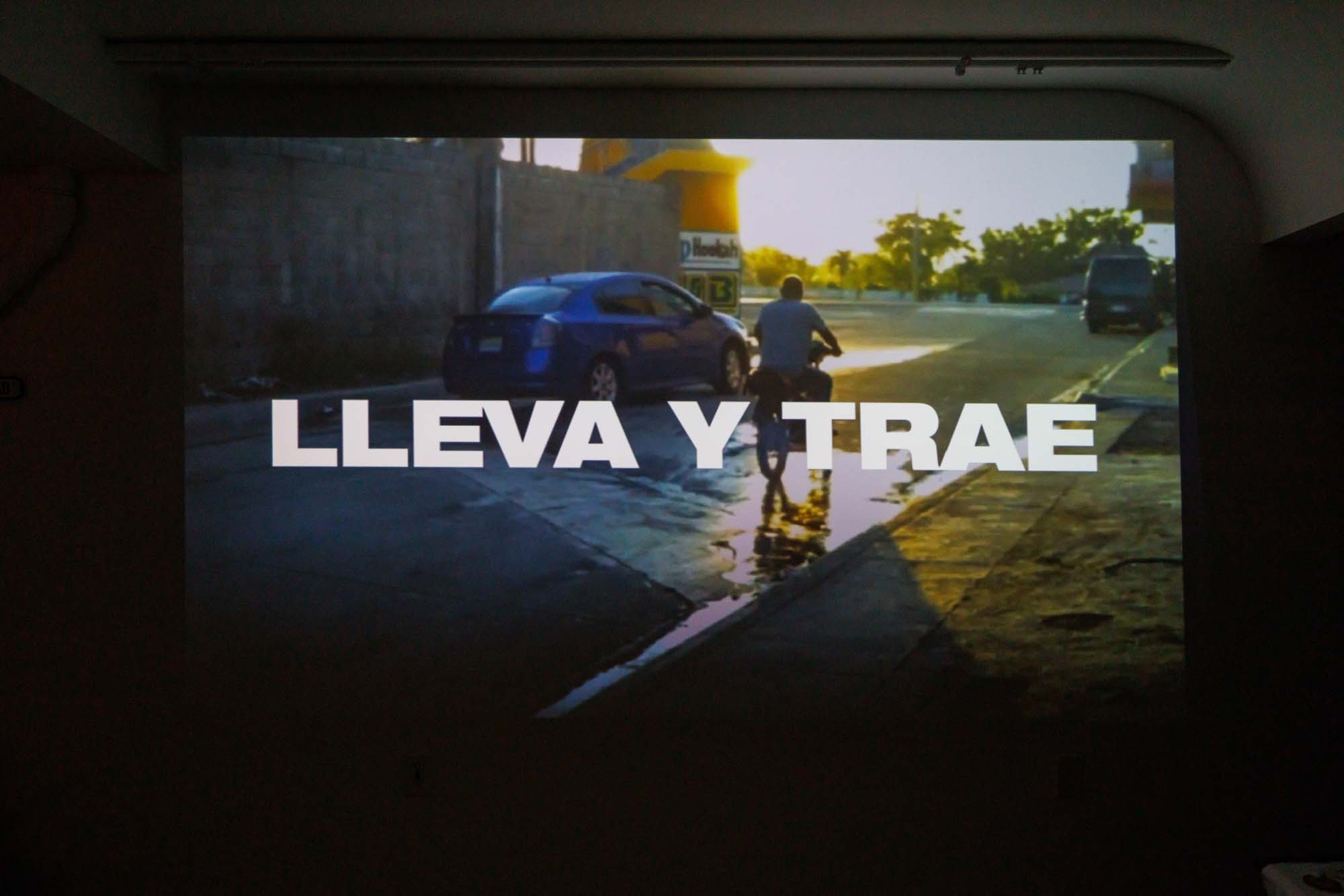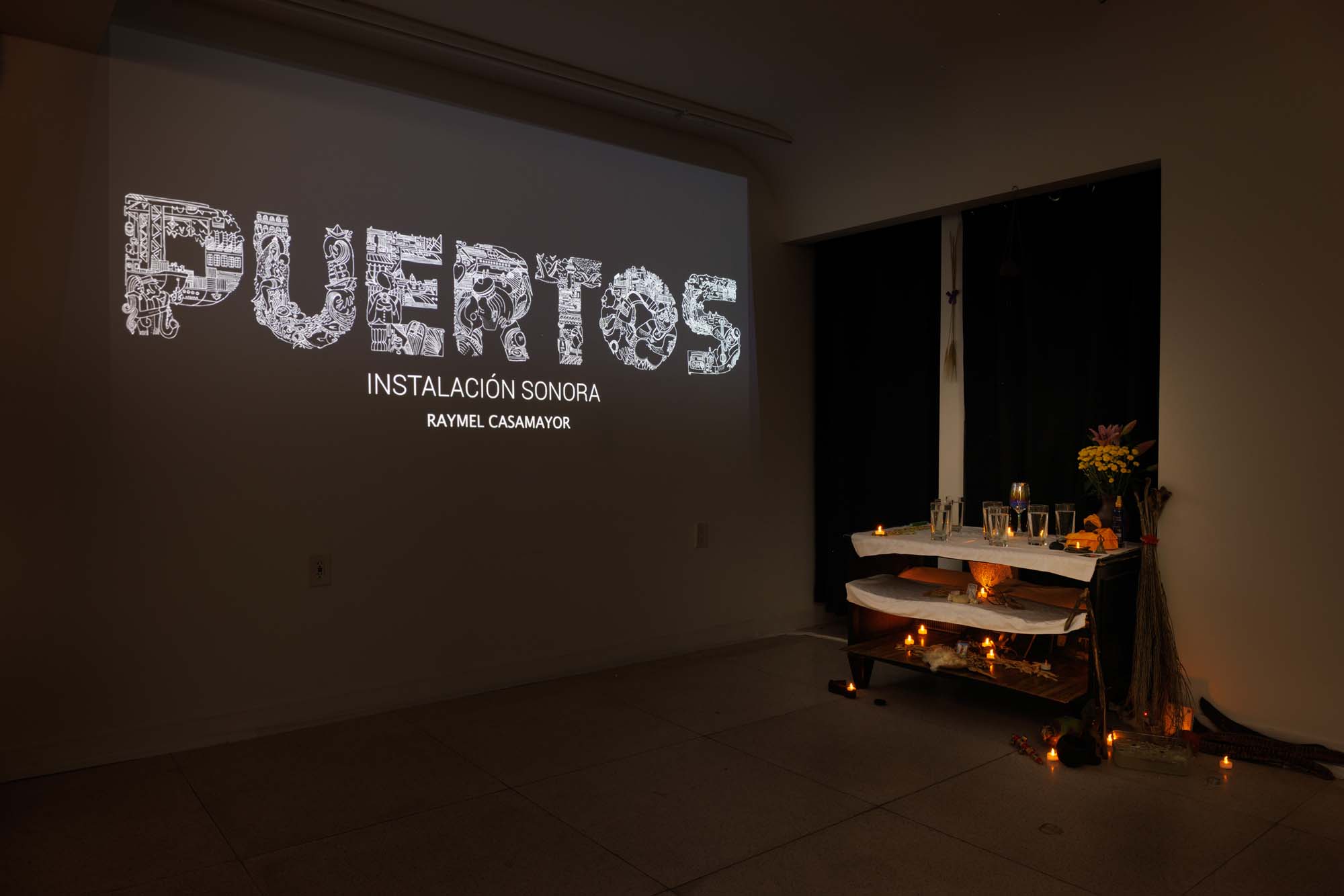“Cultural identity… is a matter of ‘becoming’ as well as of ‘being.’ It belongs to the future as much as to the past.” – Stuart Hall
‘poemas de sal y tierra (poems of salt and soil)’ is a collective living archive, an ever evolving space where sentiment, symbolism, and memorabilia come together to be held, celebrated, reimagined, and shared. The gallery space functions like a diary written in prose, where the artworks serve as entries–preserving feelings and memories beyond physical artifacts. Artists from the Caribbean and Latin American weave new layers of meaning into inherited stories, places and objects, transforming memory into an active conversation that continues to unfold.
poemas de sal y tierra (poems of salt and soil), explores the idea that we both come from and become the places we move through. Salt and soil, fundamental to land and sea, symbolize ancestral geographies. Through the use of various mediums–painting, drawing, sound, film, photography and sculpture– artists translate ephemeral histories, embodied knowledge and shifting landscapes into tangible artworks, much like poetry makes visible the invisible threads of our existence.
Archiving is ingrained in the works in the exhibition through process, collection, research and medium. For Raymel Casamayor, sound is a sensory archive from which he creates an immersive audio installation from field recordings of various neighborhoods in Havana–collapsing distance and time. Objects and memorabilia accompany the soundtracks, serving as markers of collected memories. Victoria Ravelo also collapses distance through the use of found materials and photography. Her works build relationships between places that have once existed as a home, by creating “portals” connecting each in an attempt to bridge the separation between geographies and map the memories that exist in those distances.
Memory exists as an important material in both the process of creation and the reading of each of the works. Charlie Quezada’s research-driven practice translates architectural memory and history into visual entries that preserve and reinterpret physical form and conceptual borders in collective identity through minimalism and the deliberate use of color, texture and materials. Stephen Arboite’s practice meditates on the intricacies of memory, cultural identity and heritage through a layered process and intentional use of materials like coffee, pigments and fire. The machete, while widely known as a symbol of resistance, serves as a motif of protection, memory and familial legacy. The work of Devin Osorio also explores a merging of both personal and cultural memories. Their embroidered paintings act as personal shrines, holding stories of life shaped by the origins of the diaspora and the ongoing personal search for belonging and self. Elisa Bergel Melo links the history of pearl exploration off the Venezuelan coast to her personal lineage. A chainmail mesh resembling a net, along with photographs from her family’s archive symbolically connect her Venezuelan homeland to her current home of Santo Domingo. This act becomes a gesture of care, allowing her to protect and honor her family’s displacement, assuming the role of custodian of their collective memory. Also investigating notions of homeland, films by Jonathan Carela explore and question the everyday language, tempo and social structures embedded in the landscape of the Dominican Republic.
For Amanda Linares the use of concrete references the permanence of our physical environments and the structural material of a home. She adds nostalgic graphite drawings to the surface of the concrete, embedding the ephemerality of memory into material. The work of Nathalie Alfonso centers around ephemerality and site-specificity. Her gestural drawings exist as one within space and explore repetition, invisibility and resistance. They become a record and a reflection of the invisible ecosystems at work in landscapes we move through.
Plants and gardens appear as places of refuge and of comfort. Nicole Combeau creates poetic multiple exposure photographs to seamlessly weave together narratives that explore lineage, memory, loss and renewal. Printed on silk, the image becomes a delicate object within each space it inhabits. For Adler Guerrier the garden is a space for dreaming and a space of shelter. Within the landscape we can be, and we can also become. The photographs propose a layering of possibility, while grounding us in place and the present moment.
Through their work, the artists transform fragments of themselves into an active, breathing record of resilience and reverence for their roots, lived experiences and their own sense of belonging. This exhibition is ultimately a reflection of how we collect, connect and preserve the intangible, and how we return to it for comfort, clarity, and renewal. Here, collective memory isn’t fixed; it shifts, grows, and evolves through each work.
-curated by FORGOTTEN LANDS and homework
Artists:
Nathalie Alfonso explores the body, memory, ephemerality, landscape, visibility, and invisibility through line, drawing, installation, video, and performance. Her works arise from exploring her physical limits and delve into her strokes and marks. Alfonso holds a Master’s in Fine Arts from Southern Methodist University in Dallas, TX, and a Bachelor’s in Fine Arts from Florida International University in Miami, FL.
Stephen Arboite is a multidisciplinary artist of Haitian descent who was born and raised in New York City and now resides in Miami. Arboite’s work considers beauty outside of classical aesthetic paradigms and places an emphasis on spiritual transformation and evolution of human consciousness. Arboite considers himself primarily a self-taught artist with a foundation in drawing and painting from the State University of New York, Purchase College.
Jonathan Carela is a Dominican interdisciplinary artist & filmmaker, currently based in Bonao, Dominican Republic. Informed by personal and shared experiences in the quotidian Dominican landscapes of both urban and rural, Carela’s paintings and films mimic aspects of these environments, such as the language, improvisatory, the transitory, the informality, the incompleteness, the irreverence, and the humor.
Raymel Casamayor Bello is a multidisciplinary sound artist and filmmaker whose work operates at the intersection of contemporary art, memory, and displacement. Through sound, image, and installation, he creates synesthetic sensory narratives that can be perceived in multiple dimensions. Raymel complements his artistic practice with a strong background in film and music. He graduated from the Faculty of Media and Cinema at the Instituto Superior de Arte (ISA) in Havana and has been part of the independent film community since 2010.
Nicole Combeau is a Miami-based photographer, educator, and community storyteller dedicated to exploring themes of identity, heritage, and intergenerational memory. With a BFA in Photography and Video from the School of Visual Arts, her work focuses on documenting matrilineal relationships, immigrant narratives, and the resilience of marginalized communities. Over the past five years, she has played a pivotal role in shaping Miami’s arts education landscape, serving as a program coordinator for adult education initiatives and teaching independent workshops.
Adler Guerrier is an artist whose practice is grounded in the ongoing dialogue with everyday inhabited places and the framing of the resonant shared poetics in one’s living space. Guerrier works through various media to produce images, text, objects, and scenes.
Amanda Linares is a Cuban-born multidisciplinary artist based in Miami, Florida. She holds a technical degree in printmaking from San Alejandro Academy of Fine Arts in Havana and a BFA in graphic design from New World School of the Arts in Miami. Linares’ work explores identity, displacement, absence, and reconnection through drawing, installation, artist book, and design. Her practice employs poetic language, engaging with narration and space through transparency, found objects, and typography.
Elisa Bergel Melo is a visual artist deeply rooted in the discipline of photography. She attended the New England School of Photography in the United States and GrisArt in Spain, eventually earning her degree with a strong emphasis on photography from the Universidad Veritas in Costa Rica. Bergel Melo’s work is characterized by an earnest exploration of the inherent potentials latent within the photographic medium.
Devin Osorio grew up as a first-generation Dominican American in the northern Manhattan neighborhood of Washington Heights. Osorio takes inspiration from Dominican culture and folkloric traditions, including a strong emphasis on textile patterns. These cultural influences merge with biographical details from Osorio’s lived experience, yielding paintings that function as secular reliquaries, commemorating a life lived between cultures.
Charlie Quezada takes a simplified approach to representational painting, informed by the interaction between nature and architecture, very often influenced by the tropical landscape of the Dominican Republic. He explores landscapes seen through limits as a way of understanding how humanity has historically framed nature at its own convenience. Born in 1986 in Santo Domingo, Dominican Republic, he earned his BFA at Parsons School of Design in New York and has shown in New York and Santo Domingo.
Victoria Ravelo was born in Miami to Cuban exiles. Ravelo explores the terrain of inherited nostalgia and diasporic identity through intuitive work with everyday materials, photographs, and objects tied to Pre-Hispanic and West African spiritual traditions. Creating tangible artifacts that bridge generations, Ravelo’s drawings, photographs, sculptures, and installations transform absence into presence, inviting viewers to experience how places can feel simultaneously foreign and familiar. The work confronts the tensions of displacement without resolving them, instead creating portals where personal histories intertwine with collective memory and where cultural fragments become sites of potential healing.
